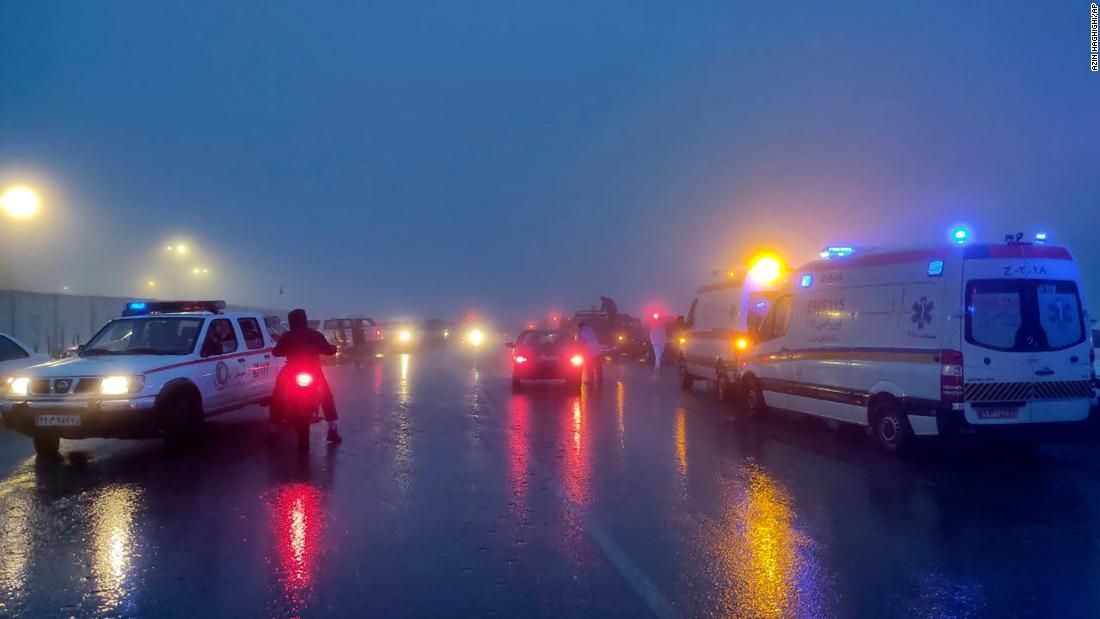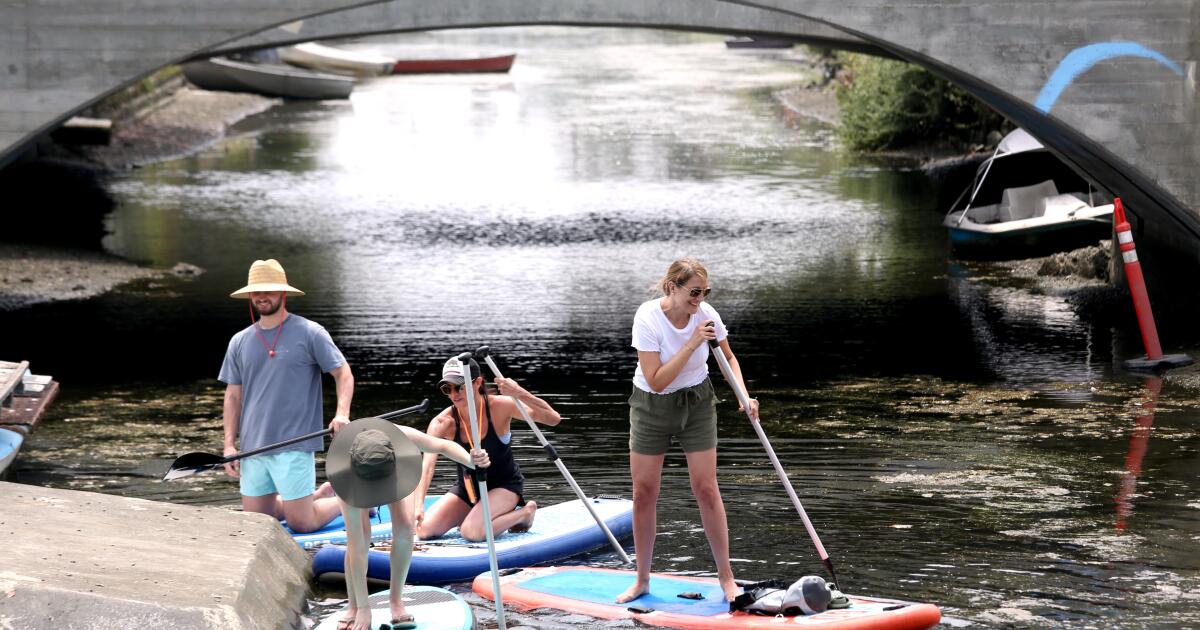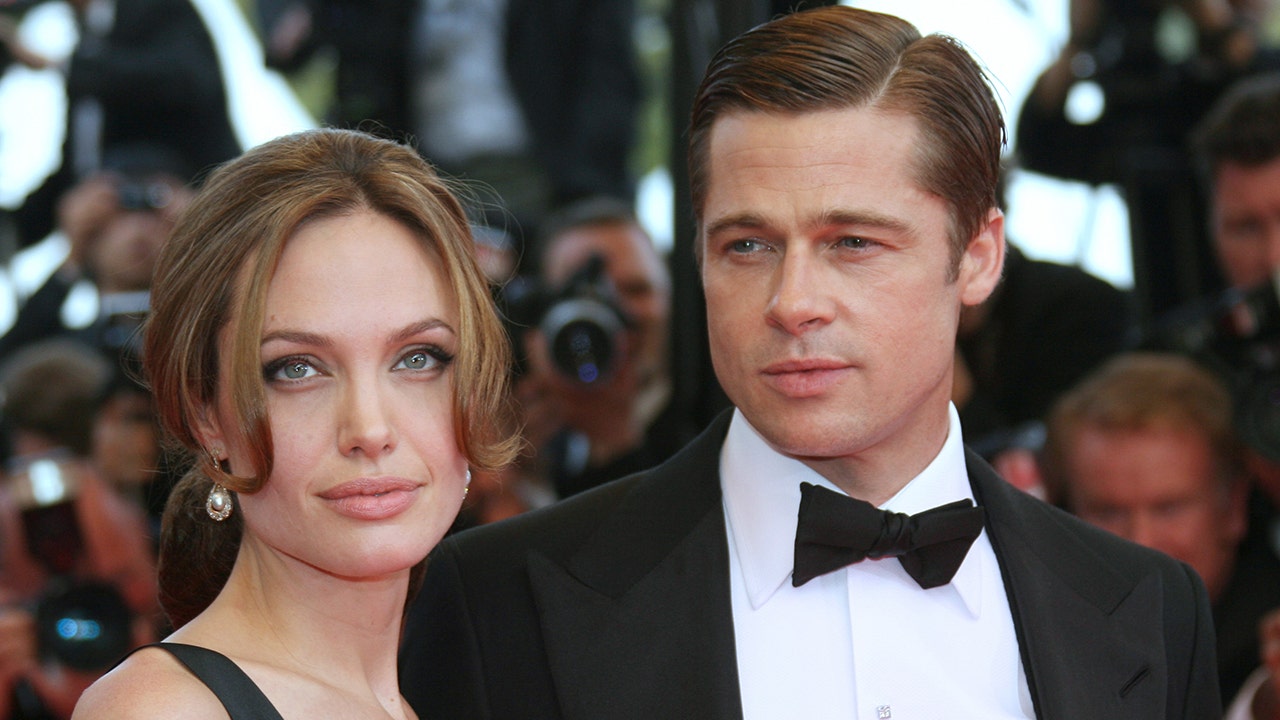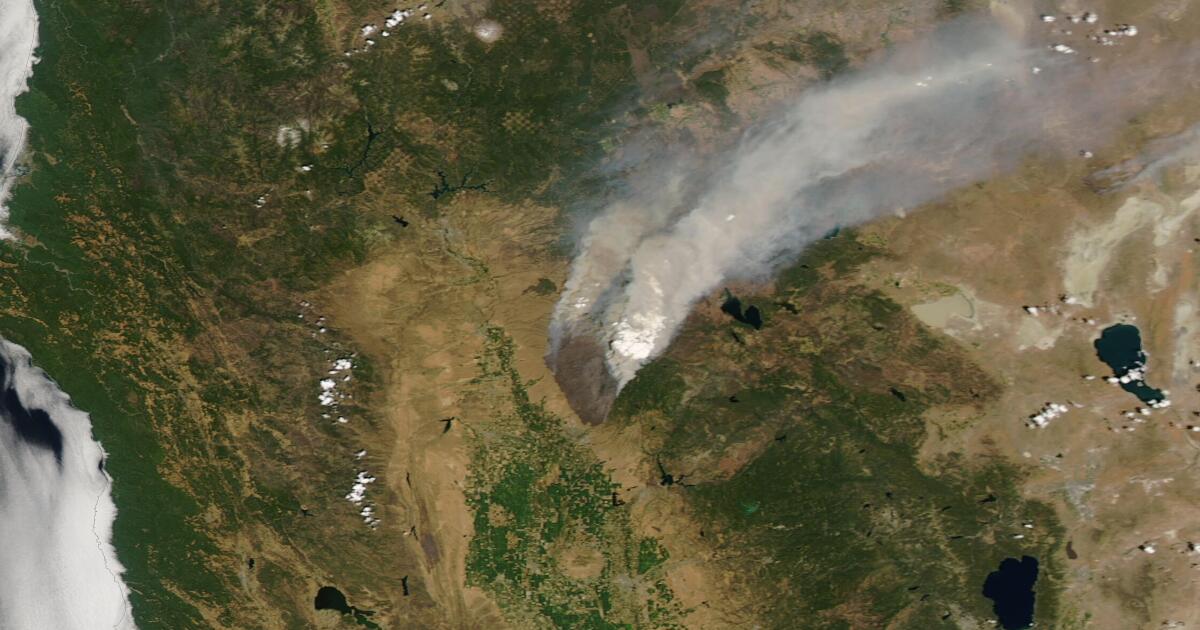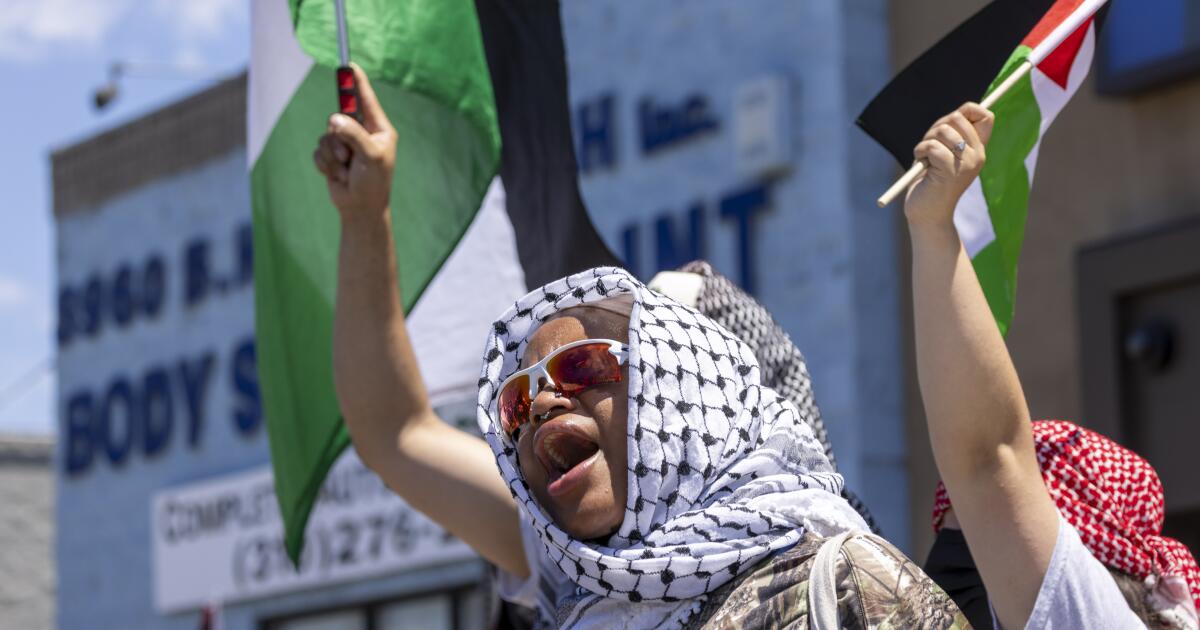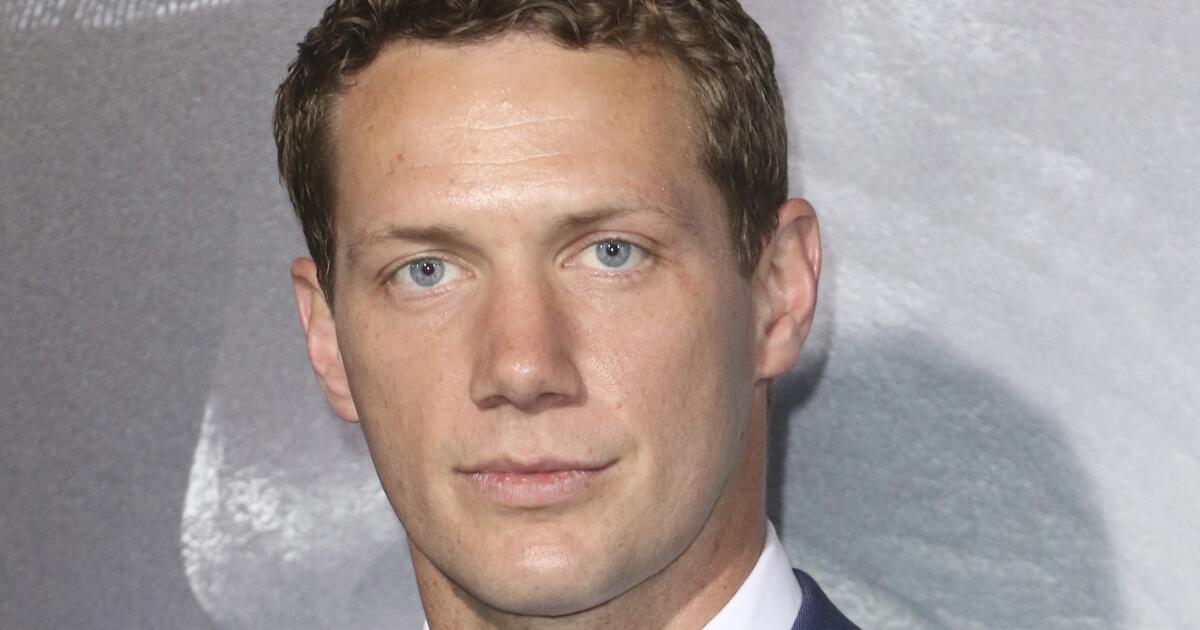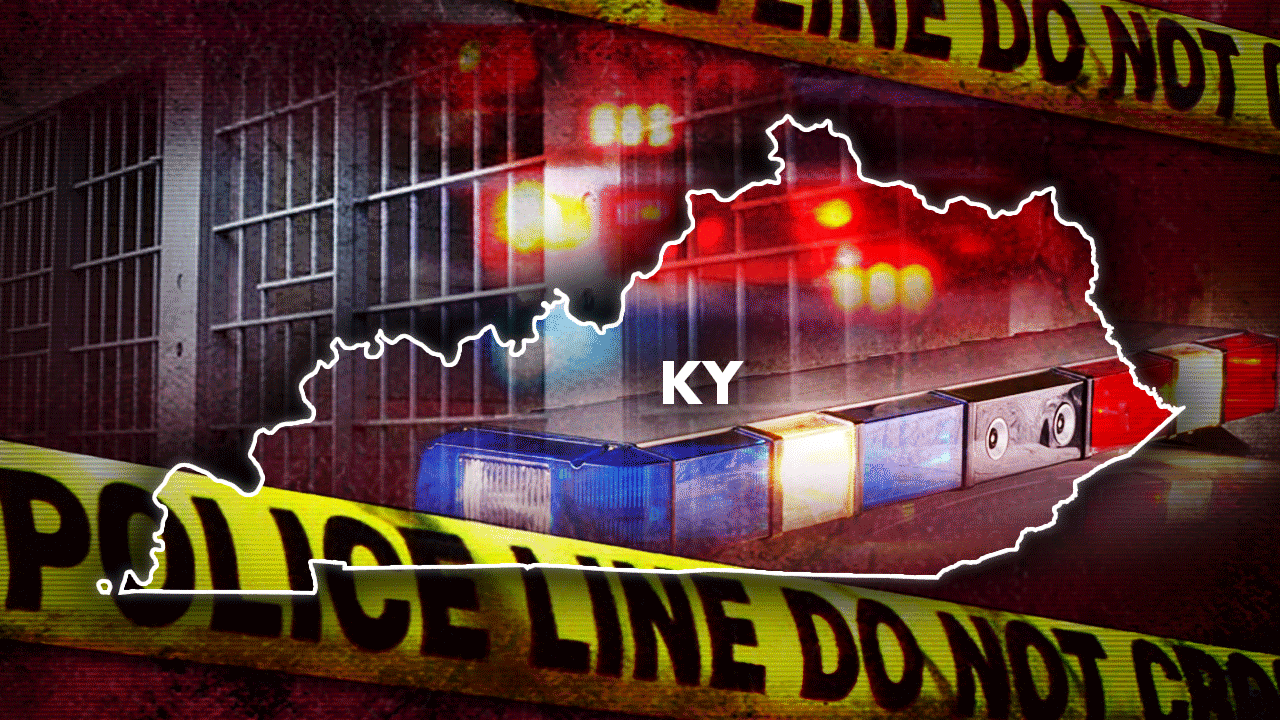The death of Iran's president and foreign minister in a helicopter crash on a remote mountainside It comes at a particularly tense time in the Middle East and for Iran internally.
Israel's war against Hamas and the subsequent humanitarian catastrophe that has unfolded in Gaza over the past seven months has inflamed world opinion and raised tensions across the Middle East.
It has also brought to light a decades-long shadow war between Iran and Israel.
Last month, Iran launched an unprecedented drone and missile attack on Israel – its first direct attack on the country – in response to an apparently deadly Israeli airstrike on Iran's consulate in Damascus that killed a senior Iranian commander. Iran's elite Revolutionary Guard (IRGC).
Israel counterattacked a week later, according to U.S. officials, striking targets outside the Iranian city of Isfahan with a much smaller and more calibrated response.
Since then, direct attacks between the two have ceased. But the proxy war continues and Iranian-backed militias such as Hamas and Hezbollah continue to fight Israel's forces.
Meanwhile, Iran's hardline leadership has weathered a recent explosion of popular dissent on the streets of the country, where years of U.S.-led sanctions have hit hard.
The country was convulsed by youth-led demonstrations against clerical rule and worsening economic conditions following the 2022 death of Mahsa Amini in the custody of Iran's notorious morality police.
Since then, Iranian authorities have launched an escalating crackdown on dissent in response to the protests.
That repression has led to human rights violations, some of which amount to “crimes against humanity,” according to a United Nations report published in March.
And although protests have largely ceased, opposition to clerical leadership remains deeply rooted among many Iranians, especially young people, who yearn for reforms, jobs and a move away from stifling religious rule.
Raisi, a hardline former judiciary chief with his own brutal human rights record, was elected president in 2021 in a vote heavily engineered by the Islamic Republic's political elite so that he could run virtually unopposed.
Raisi defeated a more moderate candidate and his victory was seen as ushering in a new, more hardline era in Iran. However, turnout in that election was only 41 percent, a record low.
Ultimately, the powers of Iran's president are eclipsed by those of Supreme Leader Ali Khamenei, who is the final arbiter of internal and external affairs in the Islamic Republic.
With Raisi dead, new elections will likely have to be held.
The Iranian Constitution requires that the vice president (currently Mohammad Mokhbar) take over as acting president and that new presidential elections be held within 50 days.
That means Iran's clerical establishment, led by Khamenei, must now find a new leader to whom they can lend their support amid intense regional insecurity and internal discontent.

